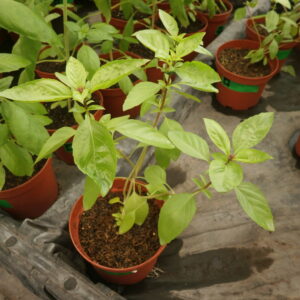
Basil, Tulsi Shyana
₡1,900.00
Out of stock
Related products
-
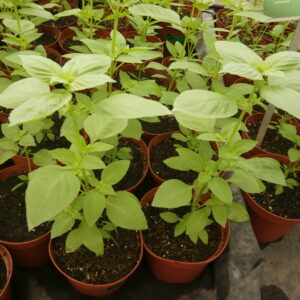
Basil, Lemon
Culinary Garden ₡1,900.00 Add to cart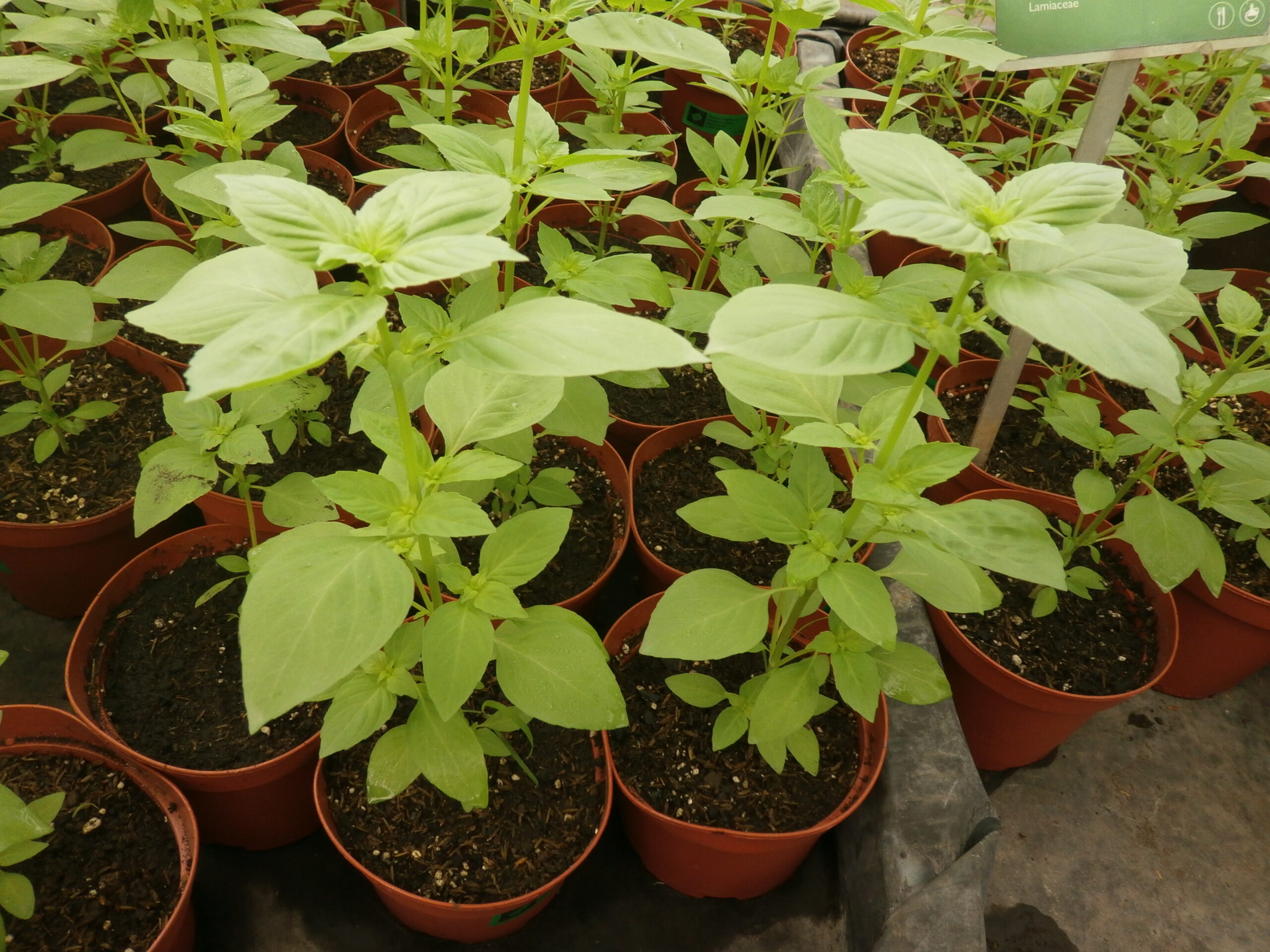
Basil, Lemon
₡1,900.00
SKU: 0100 Category: Culinary GardenScientific name: Ocimum basilicum
Family: Lamiaceae
Origin: S Asia and NE Africa
Medicinal use: In Laos, lemon basil is widely used in curries, stews, and fried dishes as it is the most commonly used type of basil in Laos. Many of the stews of Lao cuisine require the use of lemon basil. It is often eaten raw in salads or lalap (raw vegetables) and accompanied by sambal. Lemon basil is often used to flavor certain Indonesian dishes, such as curries, soups, stews, or steamed or grilled dishes.
15 in stock
-

Strawberry, Yellow wonder
Culinary Garden ₡1,900.00 Add to cart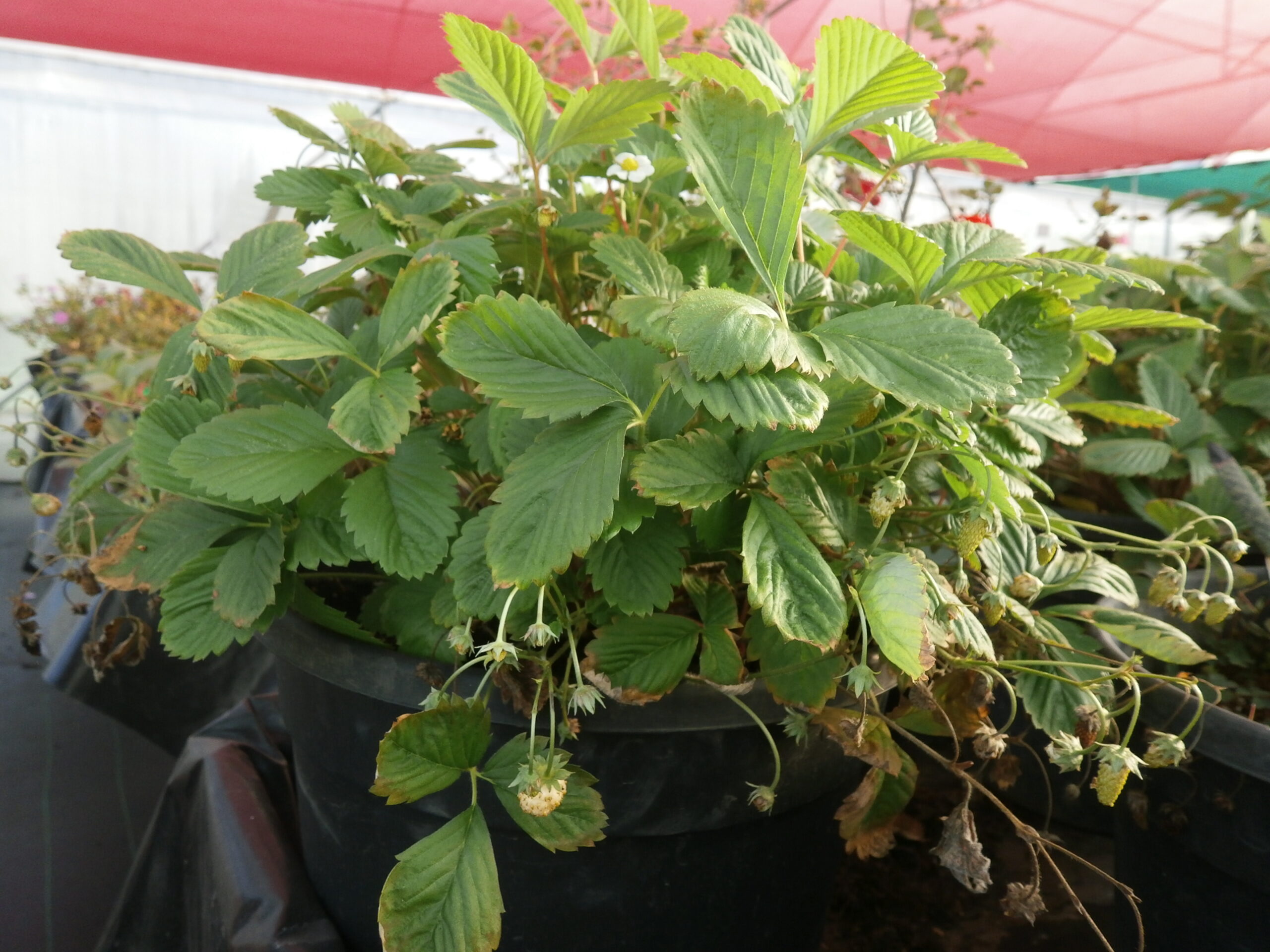
Strawberry, Yellow wonder
₡1,900.00
SKU: 0790 Category: Culinary GardenScientific name: Fragaria vesca
Family: Rosaceae
Origin: Europe and W Asia
Medicinal use:These strawberries are eaten fresh, with orange juice or milk or yogurt, sprinkled with sugar or cream. In addition, they are used to decorate a large number of desserts and ice creams. With them, jams, preserves, jellies, smoothies, sorbets, etc. are made.
13 in stock
-
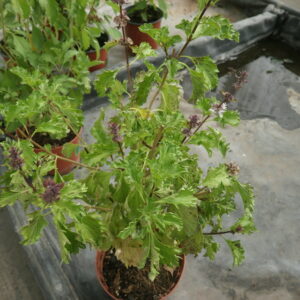
Basil, American
Culinary Garden ₡1,900.00 Add to cart
Basil, American
₡1,900.00
SKU: 0090 Category: Culinary GardenScientific name: Ocimum americanum
Family: Lamiaceae
Origin: Tropical Old world
Medicinal use: It is a very common ingredient in Thai, Vietnamese and Chinese cuisine, due to its strong flavor similar to anise (Pimpinella anisum); It is used to flavor curries and sauteed vegetables. They are used as a condiment to flavor salads and pasta and pizzas typical of Italian cuisine. They also flavor fish and meat-based roasts, sauces, croquettes, meatballs, and even vegetable patés.
2 in stock
-
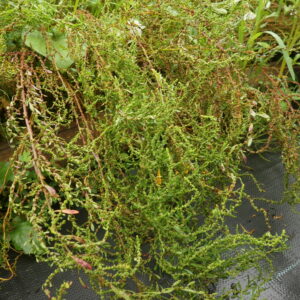
Apazote
Culinary Garden ₡1,900.00 Add to cart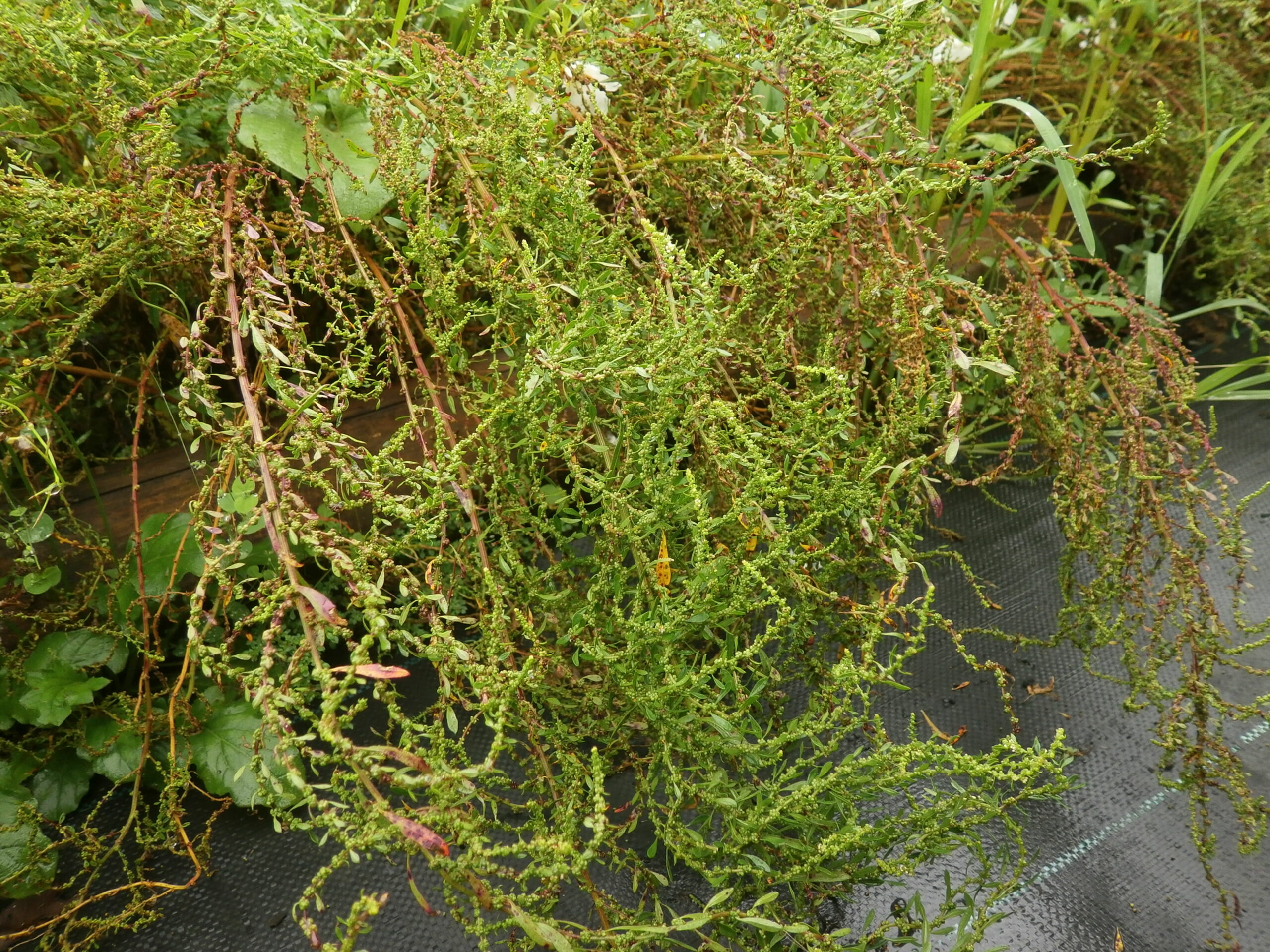
Apazote
₡1,900.00
SKU: 0160 Category: Culinary GardenScientific name: Dysphania ambrosioides
Family: Amaranthaceae
Origin: S Mexico
Medicinal use:In Mexican gastronomy it is used in many dishes, such as corn and esquites, black beans, in some seafood soups such as chilpachole de jaiba, within a wide variety of broths, It is commonly believed that it prevents flatulence caused by consumption of beans. To be used in food, its flowers are removed and it is used as a condiment, adding a deep flavor, with bitter nuances and very aromatic, which is why it is used in moderation.
34 in stock

